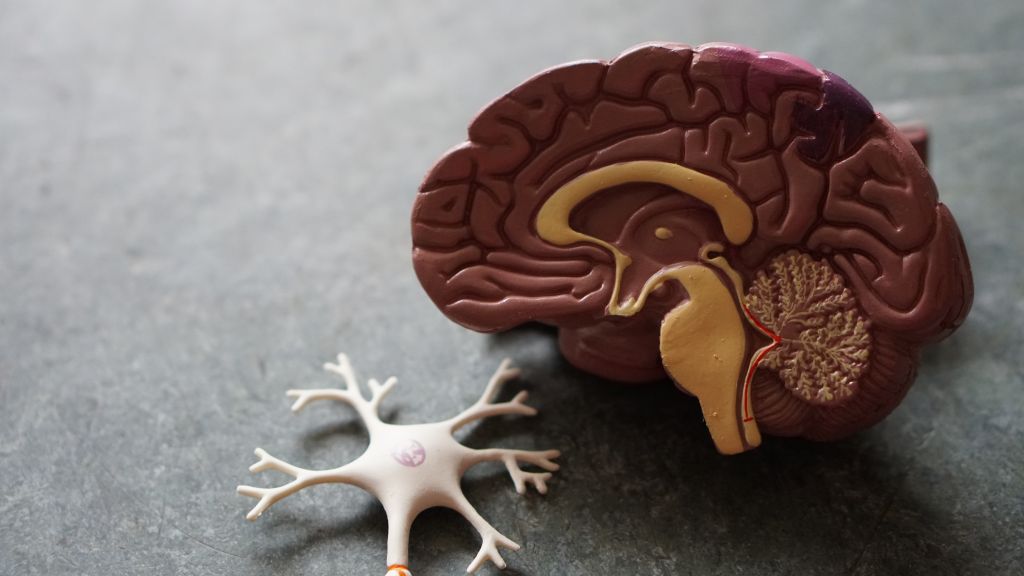Nerve Blocks

There are a variety of different kinds of nerve blocks. A few include a trigeminal nerve block, an occipital nerve block, a ganglion impair block, and a genitofemoral nerve block. As you might expect, all of these procedures have many things in common.
Nerve blocks, also known as neural blockages, are a special type of medical procedure that is used to manage or prevent pain in various parts of the body.
A nerve block is typically an injection of medication that helps block the pain from certain nerves. They’re used for pain relief or can cause a complete loss of feeling as part of a surgery.
A nerve block requires the use of a needle. Fluoroscope, an ultrasound, or a CT scan is typically used with the procedure to properly guide the needle. In some cases, the physician will also use a low level of electrical stimulation to find whichever nerve is causing you pain.
The guided images and needles are then used to inject anti-inflammatory or pain reliving medications around a single or group of nerves. This results in the relief of inflammation or numbness in the area.
In some cases, surgery or chemicals may be used to intentionally cut or damage the nerve. A nerve block stops the pain signals from nerves in that area.
Nerve blocks are a versatile treatment option. They can be used to manage long-term or chronic pain, severe short-term or acute pain, and pain following a surgical procedure. The immediate relief provided by a nerve block is one of its top benefits. In addition, nerve blocks can provide lasting relief as some injections can reduce nerve irritation so they can heal.

A nerve block can help individuals with chronic pain better function in their daily lives. This can give them the chance to do daily tasks, exercise, and work.
A temporary nerve block is only intended as a short-term solution to pain. Pain may once again be experienced a few hours after the drugs were injected in some cases. Additional nerve blocks or long-term nerve blocks may be needed to manage pain and inflammation.
A nerve block may be used to ease pain during surgery. It can also manage chronic health injuries or issues where nerves are irritated, inflamed, or damaged. Nerve blocks are most commonly used to treat pain from the spine, as well as pain in the buttocks, neck, legs, and arms.
A few of the instances when a nerve block might be the right treatment option include:
- Arthritis pain
- Cancer-related pain
- Chronic regional pain syndrome (CRPS)
- Delivery and labor pain
- Extreme facial pain
- Headaches
- Lower back pain
- Post-surgical pain
There’s no reason for you to go through your life dealing with pain. Nerve blocks are one method of preventing this when the pain is associated with nerves. If you’re interested in this procedure, reach out to Modern Pain Consultants to learn more. We can make a diagnosis and help you decide if this is the right solution for alleviating your pain.
Some people will experience pain relief through massage therapy or lifestyle modifications. If the less invasive options do not work, a physician may recommend other treatment options. This might include nerve blocks, pain injections, or other interventions to get a patient back to their best. Tests and imaging may be done to take a better look at the area experiencing pain.
Modern Pain Consultants will work with you to find out what is causing your extremity pain. We’ll then create an individualized treatment plan depending on your injury or illness and your needs. This will help alleviate extremity pain so you can go back to life as normal.
For upper pain, the most common source is the cause. The more a repetitive motion is done, the more stress there is on the body. When the motion is made more frequently, this increases the chance of experiencing pain or an injury. Most of the common overuse injuries are associated with the wrists and shoulders.
On the other hand, some forms of extremity pain can originate from another problem in a different section of the human body, such as the spine or neck, but feel the pain in the arm or leg instead.

